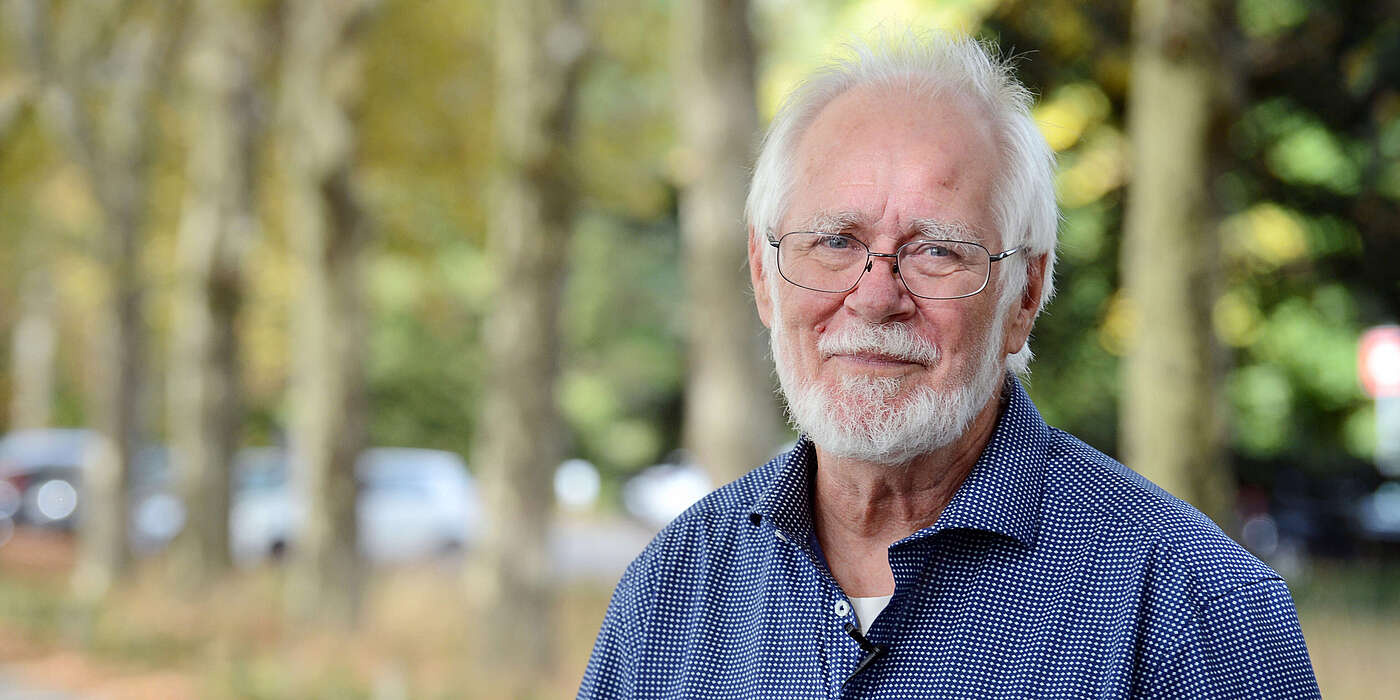In biology, the development of cryo-electron microscopy triggered a revolution. Already in 2015, this technique was selected as the “Research Method of the Year” and last year the Nobel Committee in Stockholm awarded the three pioneers, Prof. em. Jacques Dubochet, Prof. Joachim Frank and Prof. Richard Henderson, the Nobel Prize in Chemistry. On April 11, 2018, Jacques Dubochet will provide insights into this “revolutionary” technique, which captures the molecules of life in intact condition during the joint SNI/Biozentrum Lecture. Besides Dubochet, Prof. em. Andreas Engel and Prof. em. Ueli Aebi will speak at the mini symposium and recall the success story of cryo-EM.
Researchers’ paths cross at the Biozentrum
Like Jacques Dubochet, his longtime colleagues, Andreas Engel and Ueli Aebi, conducted research at the Biozentrum in the group of Eduard Kellenberger, one of the founding professors of the department. For many years, they shaped structural biology in Basel through the Maurice E. Müller Institute and supported the establishment of the Swiss Nanoscience Institute at the University of Basel.
Dubochet, who studied physics at the Swiss Federal Institute of Technology in Lausanne (EPFL), completed his PhD in Kellenberger’s laboratory in 1974. Later he became a research group leader at the European Molecular Biology Laboratory (EMBL) in Heidelberg, where he developed the method of shock-freezing, in which biological samples are rapidly cooled to prevent destructive ice crystal formation. The shock-frozen biomolecules remain completely intact in the vacuum of the electron microscope. In 1987, Dubochet accepted a call to the University of Lausanne and worked there until his retirement in 2007. Engel and Aebi were both Professors of Structural Biology at the Biozentrum and founded the Maurice E. Müller Institute for High Resolution Electron Microscopy (MIH) in 1986. In 2002, Engel, together with colleagues from the Biozentrum and the Departments of Chemistry and Physics, launched the nano study program at the SNI.
Cryo-EM is a key to the nanocosmos
During the past thirty years, thanks in part to the pioneering work of these three researchers, this technology has been developing at a rapid pace. Today, due to the advances in image and data processing, 3D structures of molecules can be reconstructed: High-speed cameras in the electron microscope can record every single electron at 400 shots per second, producing sharper images than ever before. These impressive pictures show how the molecules of life are constructed and how they work. Cryo-EM is a key to the still largely unknown nanocosmos; it makes previously hidden processes inside the cell visible to us.
At the public SNI/Biozentrum Lecture, which will take place on 11 April 2018, at 4pm in the Lecture Hall 1 of the Pharmazentrum, Dubochet, Aebi and Engel will open the door to allow us to take a peek into the nanoworld.



